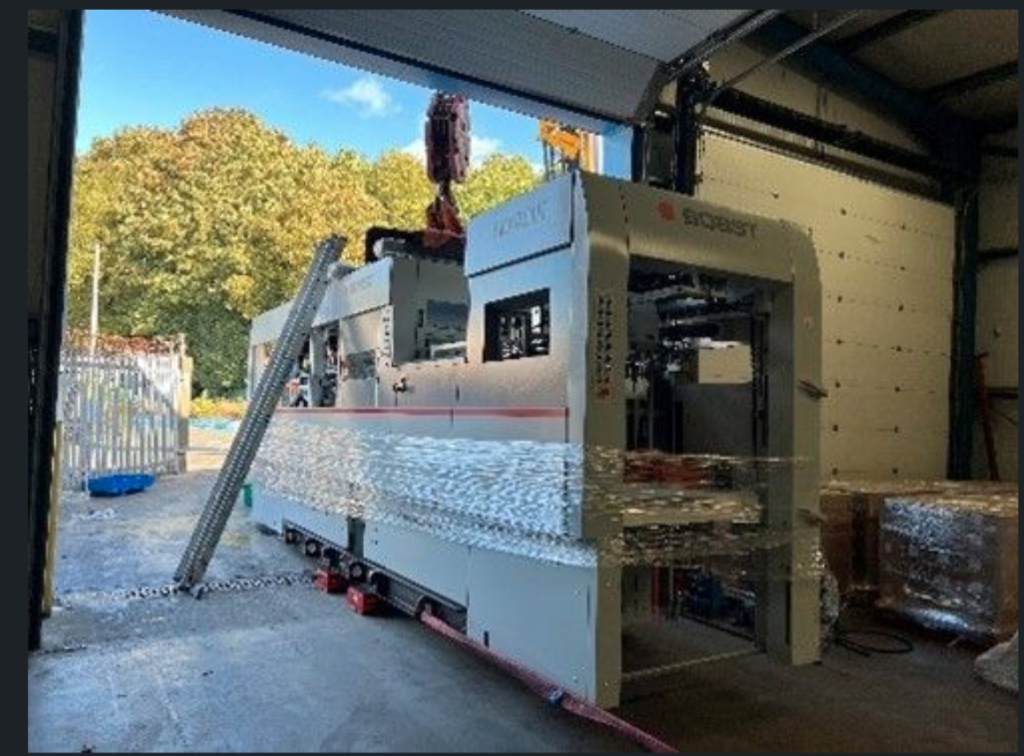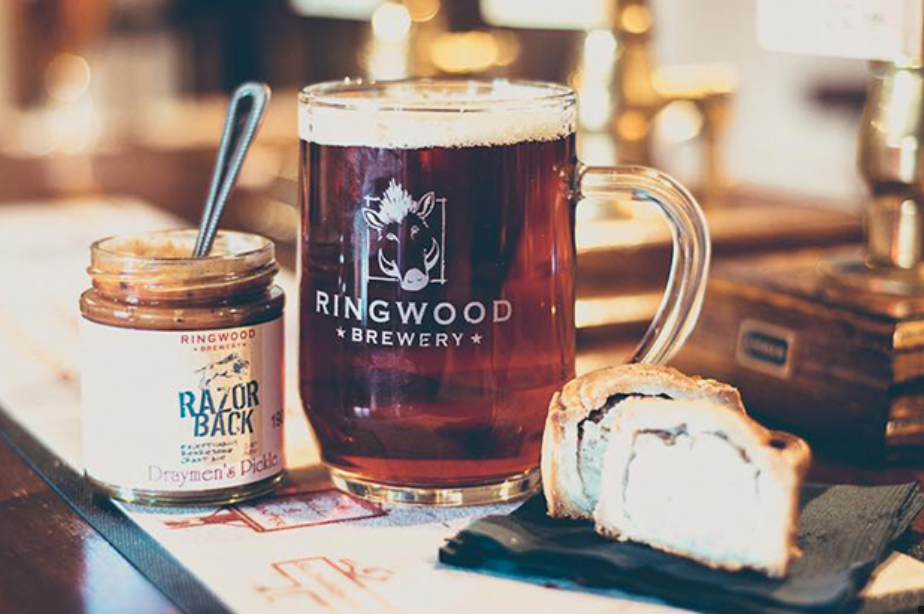Cost insights from Herbert Walkers, Scribbler, and Rosie Trow
Back in the good old days the trade price of greeting cards went up by 10% at the start of January every year – and no one batted an eyelid.
Nowadays, as everyone’s being hit from all sides with cost increases, the greeting card sector approaches the inevitable price increase dilemma with understandable trepidation, despite knowing the average cost of a card is a lot less than a takeaway cappuccino, let alone a pint of beer!
PG has canvassed members of the greeting card community for their opinions on pricing for 2023 and the beverage/greeting card economy. Here we speak to Herbert Walkers, Scribbler, and agent Rosie Trow…

Mike Lammas, managing director of specialist greeting card printer Herbert Walkers
“Over the past year, it’s been board costs that have driven general print price increases across all sectors, including the greeting card industry. This time last year it was high demand and supply chain issues that were pushing up costs, and we saw prices jumping suddenly, by as much as 10-15% at a time. As a result, some customers were buying board ahead of time to lock in the price and ensure availability.
“Now, the supply chain issues and lead times have settled down and board prices seem to have stabilised for the time being, but they’re certainly not dropping. Moreover, the energy costs which are affecting production overheads for printers like Herbert Walkers are also affecting board production, which is very energy intensive, so there’s still potential for materials to increase further in price.
“Although we’ve been asked by some customers to lock in the price we’re quoting for a specific time period, this is not a route we’ve gone down because we want to be able to offer a fair price with as much transparency as possible. If material prices go up between the time we put the quote in and the order we receive, we simply provide evidence to the customer that the cost of the board has increased and revise the quote accordingly. We feel it’s the most honest way to do things and it means that our customers know they can trust us to give them the best price, based on current costs.”
Mitigating measures: “Aside from material costs, the other big factors that are affecting pricing are labour costs, energy costs and productivity. The government’s move to abandon National Insurance rises for now and the energy cap they’ve put in place for businesses until next April gives us a bit of breathing space on both counts, and it means that we can avoid price rises due to energy and staffing costs over the next few months. But we also know we need to think longer term with strategies for reducing overheads and delivering cost savings through efficiency.

“Staffing-wise, we are investing in homegrown talent with trainees to ensure we have the right skills coming up through the business. That means we can maintain high quality standards across all disciplines and it gives us some resilience against the costs of recruitment.

“When it comes to energy, we’ll always be an energy-intensive business, but we’re doing everything we can to reduce energy consumption and avoid waste, which delivers on our sustainability goals as well as our financial control objectives. There are two strands to that; one is our £3million investment in new equipment and improvements to our building. Investment in new machines such as our Bobst NovaCut and Vision Foil, and our card packing equipment, mean we’ve been able to increase capacity, enhance productivity and improve energy efficiency, which all helps us be a leaner business and pass on benefits to our customers by reducing our overheads.
“The other area of focus for reducing energy is in behaviour change and working methods. We have been monitoring our machines to identify any unnecessary energy consumption so that we can take action. In just a few months, we have reduced our energy costs by around 20%, and that’s a significant contribution to minimising our overheads.”
Sensitive points: “Christmas cards are definitely a product where consumers are looking for an attractive price point because they’re sending multiple cards at the same time and the costs can mount quickly – particularly if you add on the cost of postage. There are still opportunities for tiered ranges and special cards for loved ones, but both individual and multi-pack cards are price sensitive at a time of year when consumers are already spending heavily.”
The beverage/greeting card economy: “As a father of three young boys, I’m pretty busy at home, so there’s not much time for nipping out for a pint, or working my way through fancy coffee shop menus. As the md of a 75-year-old Yorkshire business, I ought to say I’d plump for a pint of traditional Yorkshire bitter, like Black Sheep or Timothy Taylor’s, but I’m actually only an honorary Yorkshireman, so I’d probably go for a fancy European lager like Peroni!”

John Procter, co-founder of Scribbler
“Increasing prices is rarely easy, but sometimes you just have no choice. We bit the bullet a few months ago, due entirely to the increased costs we’ve incurred, and increased the retail prices of our £2.75 own brand cards by 24p, taking them up to £2.99. Thankfully we didn’t receive any complaints from customers, but we are going to try and hold that price point as I do believe there’s a bit of a £3.00 price barrier for standard cards.
“To go over that, a card needs to have extras, in the way of finishes or additions, and then the market will accept cards retailing up to £5.”

Mitigating measures: “One way of mitigating price rises would be for us to increase the percentage of our own brand cards that we stock, but that won’t happen as we need to offer our customers a choice of looks. Branded publishers make up half of our selection and we have no plans to change that, so we will continue to work with them and navigate these choppy waters.”
The beverage/greeting card economy: “For my money, in these tricky times, a pint of Ringwood Best Bitter in a decent pub is well worth the expenditure!”

Rosie Trow, independent sales agent covering the South West
“Cost increases have been incurred all down the food chain. As a small business, all costs are my own responsibility and it’s been very noticeable this year, on the cost of fuel getting around the South West visiting customers – a full tank of fuel at one point was £29 more than the same time last year, and as we’re commission-based we only get a pay rise if we sell more.
“I can’t pass any of the increases on to anyone, so they’re off my bottom line. Also, it’s very noticeable how the accommodation costs for Spring Fair have increased significantly, being at the show for three days and being off the road will be an expensive luxury.
“In the present climate we’re all flapping around in the unknown, but working with strong ranges will help ensure the consumer still has the pleasure of selecting a quality card even if they choose to cut down on the value of a gift, so it’s the most positive way forward.”

Sensitive price points: “I’ve suggested to some of my customers to start moving their prices up gently this side of Christmas so their customers will be used to the new prices in the new year. I do sense, though, that retailers are currently very tentative about breaking through the £4 price point until they know how the start of next year is going to pan out.”
The beverage/greeting card economy: “I don’t think I’m the only one who enjoys writing, sending and receiving cards and letters and, for me, there will be no cost high enough to stop me from sending a piece of card in the post with a special heartfelt message. To my mind a greeting card is so much better value than a glass of wine, better for your liver and your heart!”
Top: Price increases get everyone into a froth, but a takeaway coffee costs far more than a greeting card






















